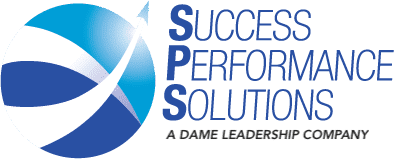If you don’t assess candidates before you hire and evaluate employees before you promote, here are seven tips to follow before selecting a pre-employment test:
- Articulate what is important to find out: Is it good cultural fit? Work attitude and integrity? Potential to grow in the position? Ability to work collaboratively or independently or both (most people can do one or the other, not both)? Select tests accordingly. The market is flooded with “personality tests.” Not all personality tests areworkplace validated. Nor is one test the holy grail of employee testing.
- Identify what positions should be tested. To start, look specifically at jobs with the highest turnover due to hiring mistakes, positions prone to attrition including transfers and retirement, and those roles that carry the biggest financial or security risks if you make a mistake.
- Make sure hiring managers can articulate exactly what criteria and characteristics are required to be successful in the job. Descriptions like hard working, honesty, and highly motivated and the like are too vague and don’t always correlate with job skills and productivity. Here’s a rule to remember: if you can’t measure it, don’t rely on it.
- Speak with hiring managers: are they satisfied? Don’t worry about the cost of recruitment as much as you focus on the quality of the hires. Employees that satisfy managers are a win-win for everyone.
- Create an ROI metric that is important to your department’s or company’s bottom line. Evaluate the effectiveness of the assessment based on savings from less turnover and reduced overtime or increases in productivity, reductions in on-the-job injuries, higher customer satisfaction and so on.
- Be patient. Don’t assume improvements from using pre-employment tests hit the bottom line overnight. When the right tests are selected and integrated properly into your hiring and talent management systems, the savings from reduced turnover and/or increase productivity will pay for the additional cost of assessments many times over. As a rule of thumb, savings are significant but often don’t show up for 6 to 12 months.
- Integrate pre-employment and job fit assessments into your selection and development process. Best practices prescribe using employment assessments as part of a comprehensive process, not a replacement for the interview, background and reference checks, and on-the-job experience.
